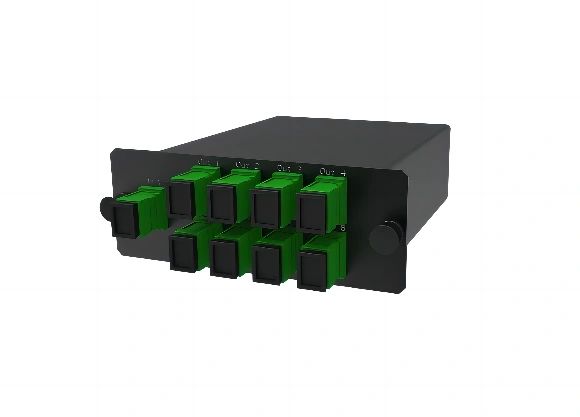The Versatility and Applications of Fiber Optic Splitters

Fiber optic splitters play a crucial role in the telecommunications industry, allowing a single fiber optic cable to be split into multiple pathways. These devices provide an efficient and cost-effective solution for expanding network connectivity and increasing data transmission capacity. In this article, we will dive into the world of fiber optic splitters, exploring their various types and applications.
Understanding Fiber Optic Splitters
Fiber optic splitters, also known as couplers or dividers, are passive devices designed to divide optical signals without any power requirements. They work based on the principle of light interference and can split a single input signal into two or more output signals, depending on the splitter type.
There are two common types of fiber optic splitters: fused biconical taper (FBT) and planar lightwave circuit (PLC) splitters. FBT splitters utilize heat and tension to fuse and taper the fiber together, while PLC splitters use a semiconductor-based fabrication process.
Fiber Optic Splitter Types and Specifications
FBT splitters come in various configurations, including 1x2, 1x4, 1x8, 1x16, and 1x32, where the first number represents the input fibers and the second number represents the output fibers. On the other hand, PLC splitters are available in 1x2, 1x4, 1x8, 1x16, 1x32, and even higher ratios.
When selecting a fiber optic splitter, it is essential to consider the insertion loss, splitting ratio, wavelength compatibility, and operating temperature range. The insertion loss should be minimal to ensure efficient signal transmission, while the splitting ratio determines the signal distribution across the output fibers. Wavelength compatibility is crucial to match the specific optical network requirements, and the operating temperature range ensures optimal performance even in extreme conditions.
Applications of Fiber Optic Splitters
Fiber optic splitters find applications in various industries, including telecommunications, data centers, cable TV broadcasting, and more. They are widely used in fiber-to-the-home (FTTH) networks to distribute signals to multiple subscribers, allowing cost-effective deployment and scalability. Splitters are also utilized in passive optical networks (PON), enabling the sharing of infrastructure between multiple users.
Furthermore, fiber optic splitters are employed in wavelength division multiplexing (WDM) systems to separate and combine different wavelengths of light in dense wavelength division multiplexing (DWDM) and coarse wavelength division multiplexing (CWDM) applications. This technology enhances the capacity and efficiency of optical communication systems by enabling the transmission of multiple data channels simultaneously.
Conclusion
Fiber optic splitters play a pivotal role in the modern telecommunications industry, enabling efficient signal distribution and expansion of network connectivity. With a deep understanding of the various types, specifications, and applications of these devices, network administrators can make informed decisions when selecting and deploying fiber optic splitters. Whether it is for expanding fiber networks, optimizing data transmission, or enhancing system capacity, fiber optic splitters offer a versatile and reliable solution.
For more information and guidance on choosing the right fiber optic splitters for your specific requirements, consult with a trusted telecommunications professional or supplier.



